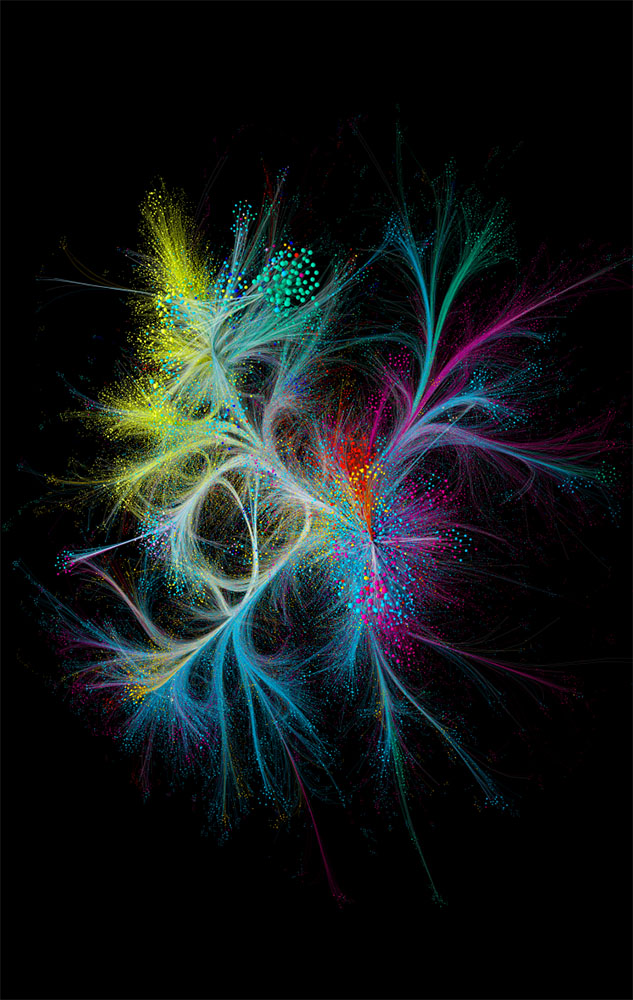
Onformative
True/False
True/False is a kinetic sculpture composed of arrays of circular black metal segments set in mechanical columns. Interlocking and rotating around fluorescent light tubes, the cylinders cover or expose the light to display an endless number of patterns. The transformation of the sculpture is based on the shifting elements and their correlation to each other. As the segments do not move independently, for any of the cylinders on a column to change, the segments affected must work in unison to achieve the command. Reminiscent of devices originally used for calculations, such as Turing machines, the sound originates from the mechanical movement of the moving parts thus making the algorithm audible. The rhythm of »true/false« is captivating as variations in the visual choreography result in distinctive changes in its soundscape. Through the generation of algorithmic patterns and the repetition of endless tasks, »true/false« transforms itself into something more than the sum of its elements to reveal the beauty hidden within a basic algorithm.


